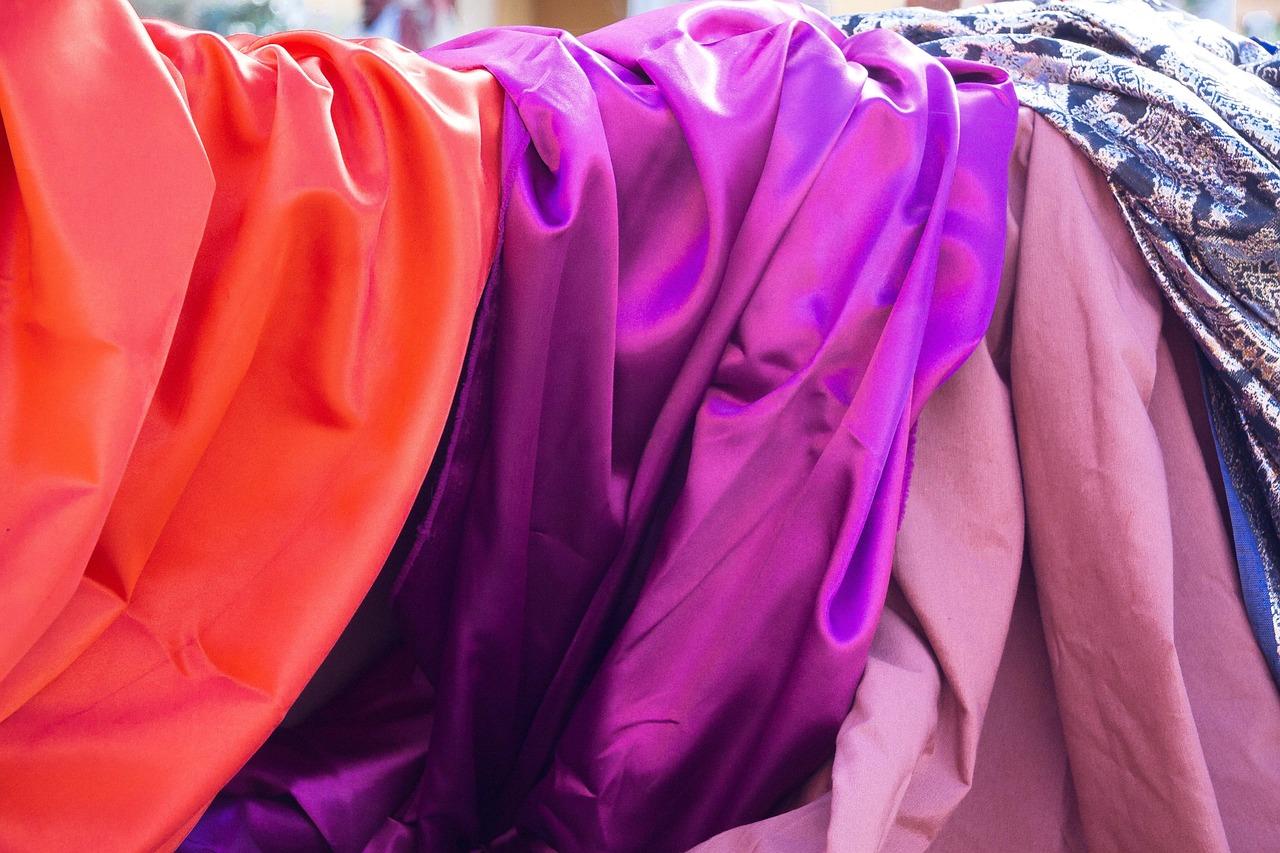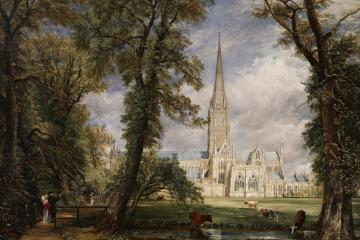A day exploring how three textiles (wool, silk and cotton) have changed the course of Central Asian history, politics and way of life
The special interest day comprises three lectures, each exploring a textile and a road. We examine how textiles have changed the course of Central Asian history, politics and a way of life. We also revel in the intoxicating designs, colours, and techniques achieved with these three textiles, from breath-takingly intricate suzani embroidery and robes fit for a Shah, to world-class carpets, cheerful shyrdyk felts and diaphanous cotton, lighter than a spider’s web. Each lecture will also be embroidered with Chris Aslan’s own experience of living and working in the region for 15 years as he attempts to justify a rather bold assertion, 'that everything is about textiles'.
The Wool Road
How did tartan-wearing proto-Celts end up in China over 2500 years ago? We explore how nomads traversed the wool road, a vast corridor of grassland that stretched from Central Europe almost to the Pacific. With little fuel or shelter and winters down to minus 60 degrees, it was houses made from wool that gave these nomads the protection they needed. We focus on decorative felts, carpets and the way in which beautiful nomadic textile were perfectly functional as well.
The Silk Road
In this lecture we explore the birth of the Silk Road and how silk fuelled trade in goods, foods, art, inventions, commodities, religions, fashions and so much more, ushering in the first era of globalisation.
We explore how silk is woven into beautiful fabrics, such as, atlas, velvet, and adras, and how fabric was a major signifier of wealth and stratifying sedentary society. How did one item of women’s clothing spark a culture war which led to public burnings of silk? We marvel at the dowry embroideries produced in Bukhara and the magical and amuletic protection woven into most clothing. We explore how silk stratified society, through stunning robes and turbans, and Chris gives a brief overview of the silk carpet workshop he founded in Khiva, Uzbekistan.
The Cotton Road
The Cotton Road is inextricably interwoven with colonial exploitation and environmental catastrophe. We explore how British Rule caused the extinction of the most expensive fabric that had ever been woven, and how cotton became a form of anti-colonial resistance, leading to the overthrow of British rule in India. We explore the darker side of Russian chintz and that thieving Laura Ashley! We also witness how cotton has killed a sea, creating an environmental disaster even more devastating to human health than that better known Soviet disaster: Chernobyl, and the experiences of cotton-pickers today.
How to book this event:
Tickets are now available and cost £50 each for members and guests, including refreshments and a light lunch. Bookings can be made by emailing events.chester@theartssociety.org, paying by BACS transfer and picking up your ticket at the Christmas lecture on December 9th. (Tickets are exchangeable but not refundable)
THE ARTS SOCIETY ACCREDITED LECTURER

Mr Chris Aslan
Chris Aslan was born in Turkey (hence the name Aslan) and spent his childhood there and in war-torn Beirut. After school, Chris spent two years at sea before studying Media and journalism at Leicester University. He then moved to Khiva, a desert oasis in Uzbekistan, establishing a UNESCO workshop reviving fifteenth century carpet designs and embroideries, and becoming the largest non-government employer in town. He was kicked out as part of an anti-Western purge, and took a year in Cambridge to write A Carpet Ride to Khiva. Chris then spent several years in the Pamirs mountains of Tajikistan, training yak herders to comb their yaks for their cashmere-like down. Next came a couple more years in Kyrgyzstan living in the world’s largest natural walnut forest and establishing a wood-carving workshop. Since then, Chris has studied and rowed at Oxford, and is now based in Cambridge, but with plans to move to North Cyprus. When he’s not lecturing for The Arts Society, he writes. His latest book, Unravelling the Silk Road, is published by Icon Books. Chris also takes tours to Central Asia, returning whenever he can, having left a large chunk of his heart out there.
OTHER EVENTS
Plough Lane
Hear how Constable and Turner challenged convention, were notoriously ‘difficult’, and were the forerunners of modernism in British art
Plough Lane
From his own experience, the pains and pleasures of a life in the theatre, and the intricate processes of putting on a play





